I am not going to lie. When I found this book on Amazon I had really high hopes. I have been a keeper of tarantulas for over 40 years and over these years have amassed a decent library of books on tarantulas. The books vary from just ok to phenomenal with some being used as a constant reference source.
This biggest problem with tarantula books is that they try to cover a lot but have space constraints so in many cases, extremely detailed information ends up being lacking especially when it comes to individual species. My initial thought when seeing this book was, “Finally! Someone has written a whole book dedicated to a single species of tarantula!” I always thought individual guides on individual species would be priceless. In the case of this book, it just falls flat.
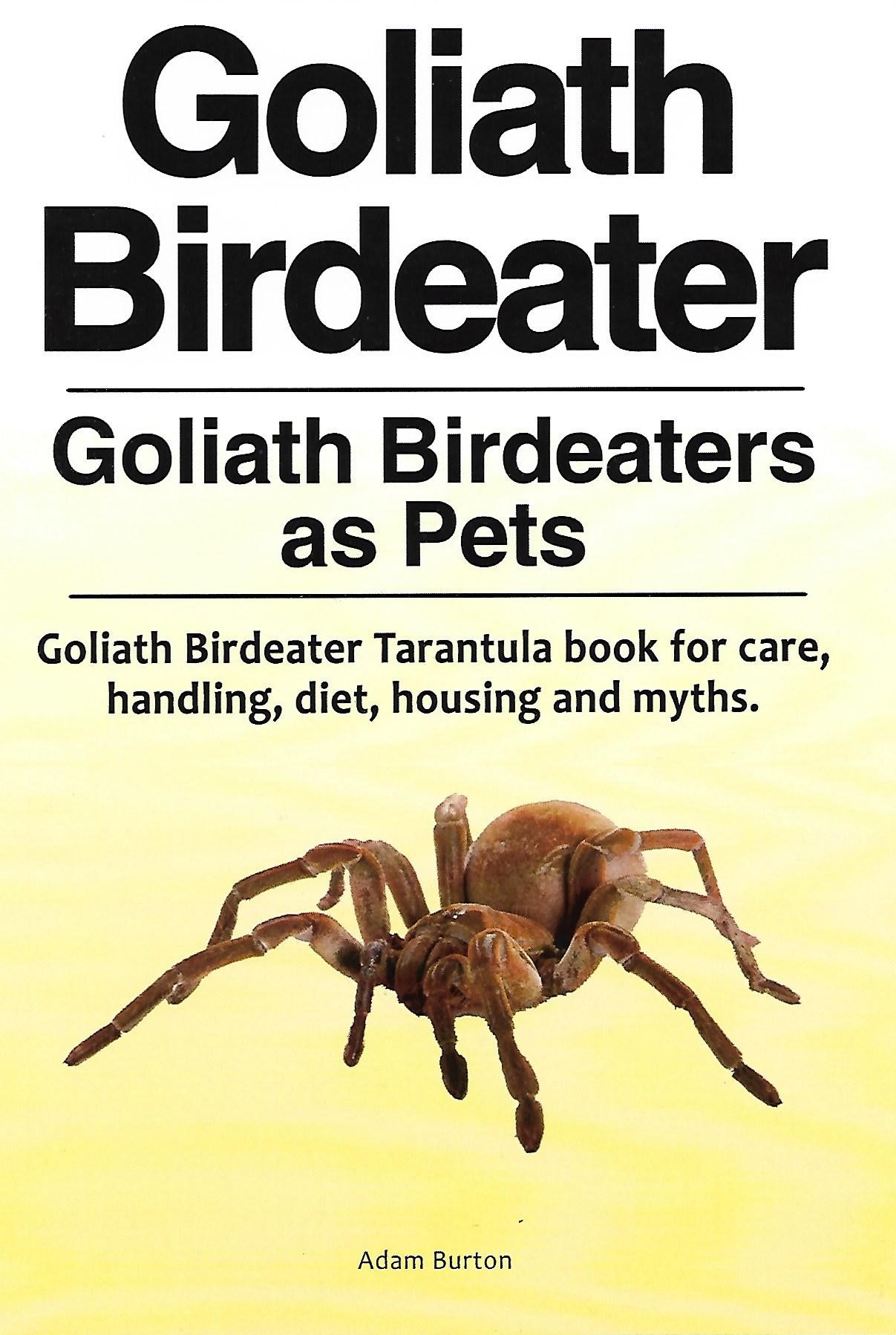
This book, clocking in at 108 pages, had so much going for it and so much potential. Upon reading it though I found myself questioning my choice of buying this book. First off, it reads horribly, giving the impression that a teenager wrote it who probably has little to no actual experience with keeping goliath bird eating tarantulas. The writing is all over the place and the author often repeats or contradicts himself, sometimes just a few paragraphs later. Grammar and punctuation is another issue here and in some cases, spelling as well!
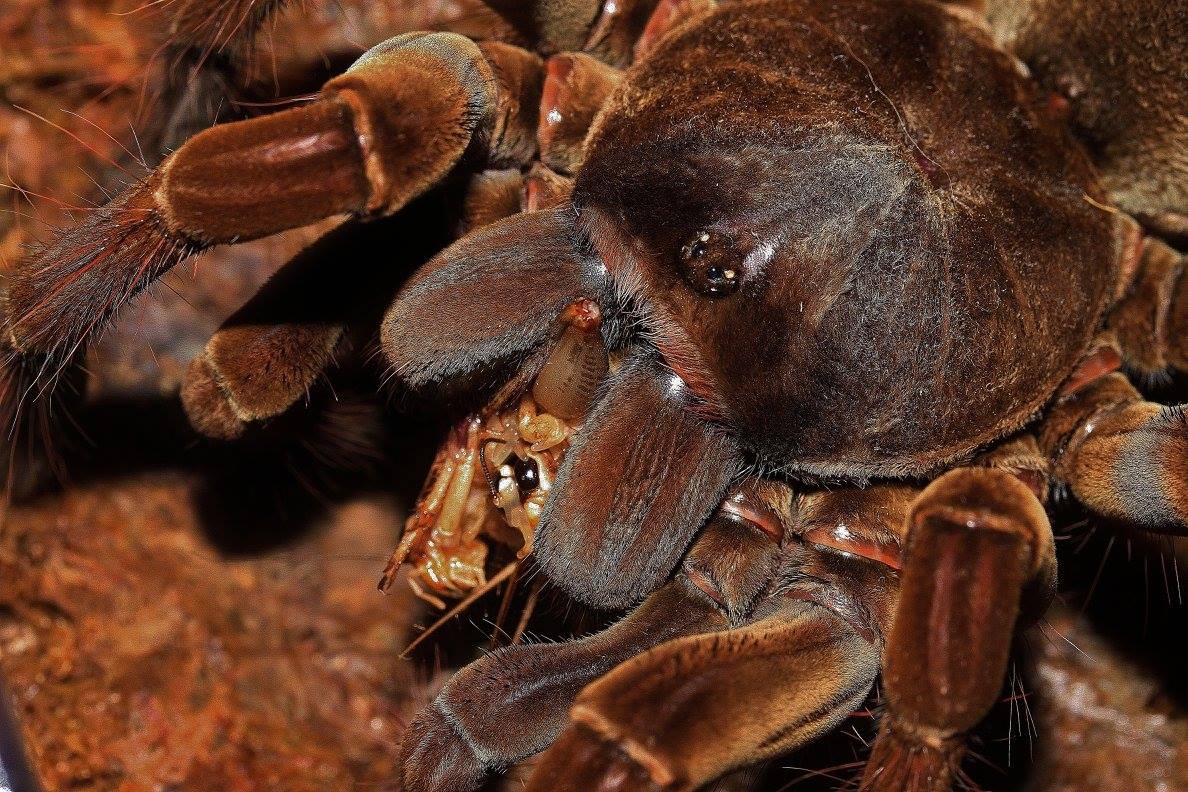
Before going into that subject more, let’s talk about the pictures in the book. Oh wait, there is only one inside the entire book which is the exact same image used on the cover. If you are a keeper of these magnificent animals and are writing a book, why wouldn’t you include pictures of not only your own animals but your setups as well? This totally baffled me. Please note that all pictures used in this blog are of my goliath bird eating tarantula.
As for the information in this book, where do I begin? Let’s start with feeding. The author states that “one or two crickets will be enough for tarantula birdeaters every week.” Mine aggressively eats much more than that (and who calls them tarantula birdeaters?). He then goes on to discuss a monster movie where a giant tarantula ate Tokyo. I am a huge monster movie buff and have never heard of this! Can anyone point me in the right direction as to where I can find it?
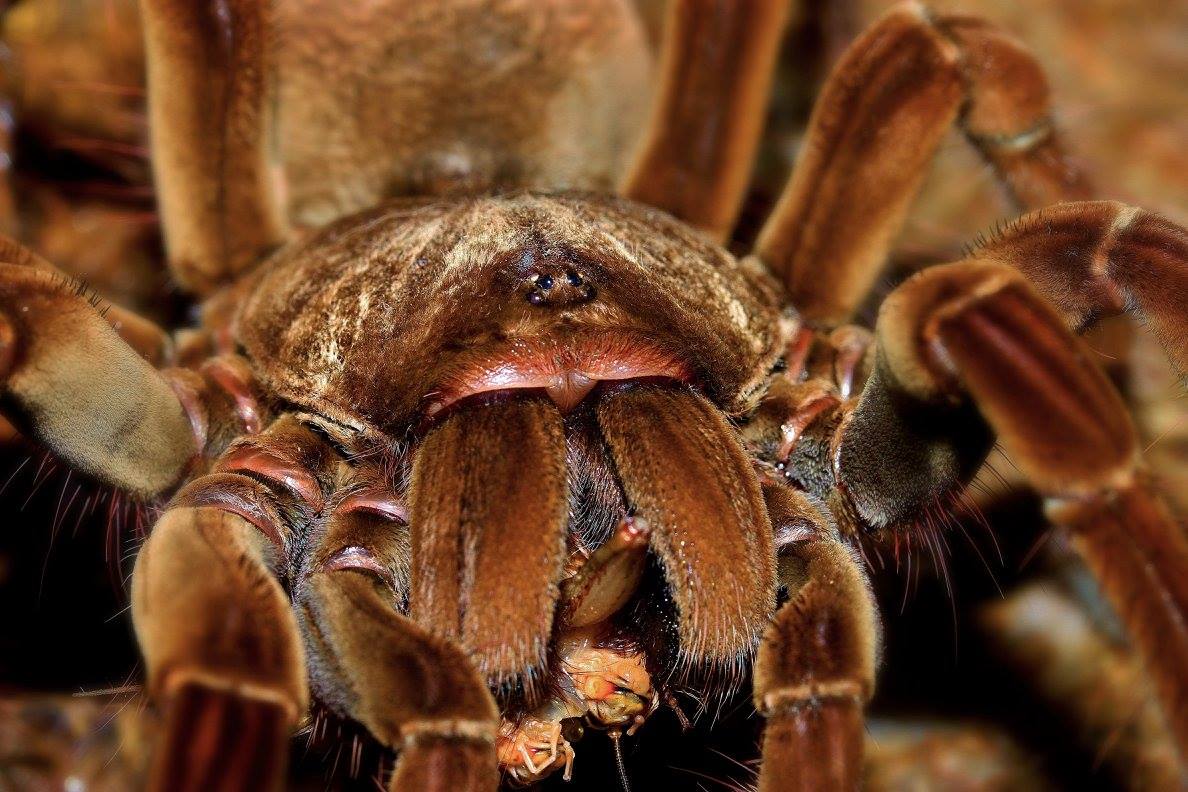
Burton then explains that tarantula dealers and stores are a great place to learn about these giant spiders. I would agree that dealers are a huge resource but most pet stores, unless they specialize in tarantulas, have limited knowledge. How many of us have entered pet stores to see tarantulas kept in extreme conditions, not conducive to the well-being of the spider? This is a common occurrence. After saying that stores are a good resource he then goes on to explain that they in fact may not actually be a good place to go. Contradict much?
He then goes on to explain that the internet, especially with tarantula forums, are a good resource. Finally, some sound information! I would highly recommend using this as your first and primary resource as you are dealing with people who actually successfully keep the very species you want to learn about. I know if I had written a book, I would want people to feel confident in my experience and what I wrote and not push the reader to go elsewhere.
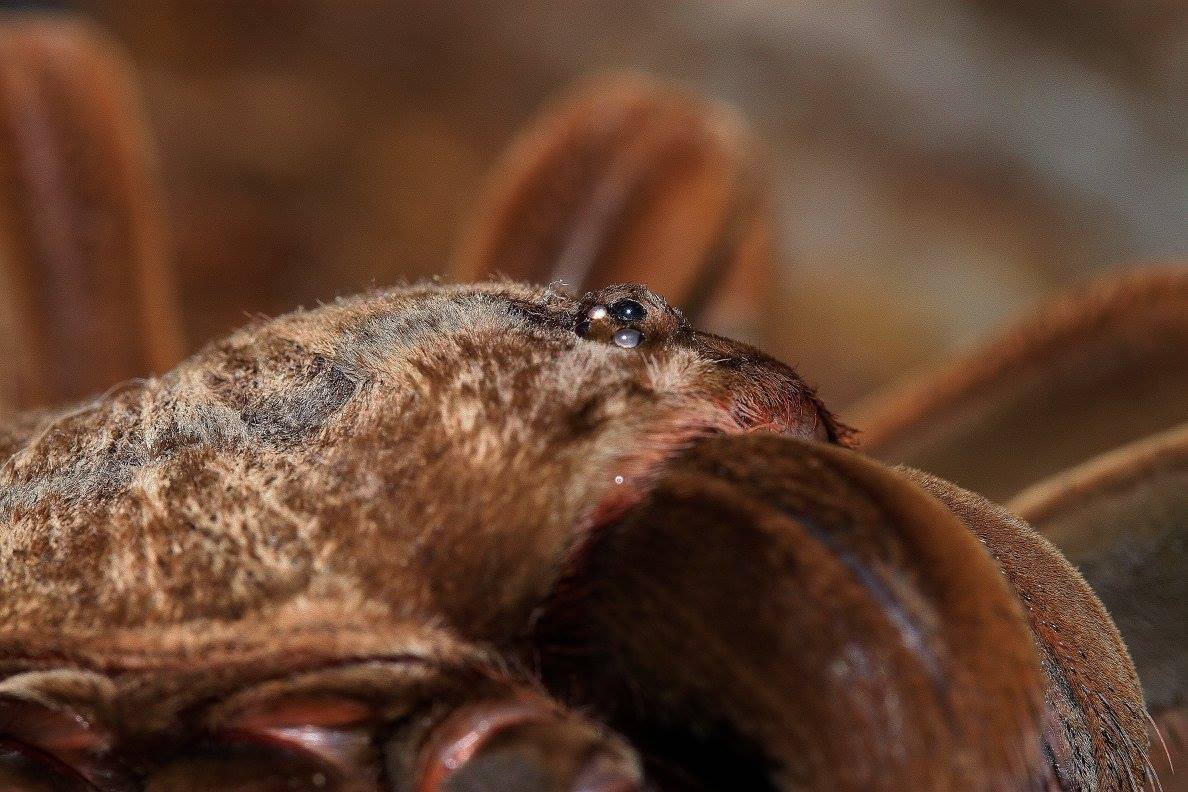
For prey items he lists “earthworms, bats, humming birds, rodents, small lizards, frogs, bats and small insects.” Bats much be a huge part of their diet as it is listed twice! Yes, I am sure this was a typo but bats are definitely not a part of their regular diet. Perhaps if a tarantula came across one that was sickly and on the ground it may eat it (much like it would a bird) but they definitely do not hunt them or make them a regular prey item.
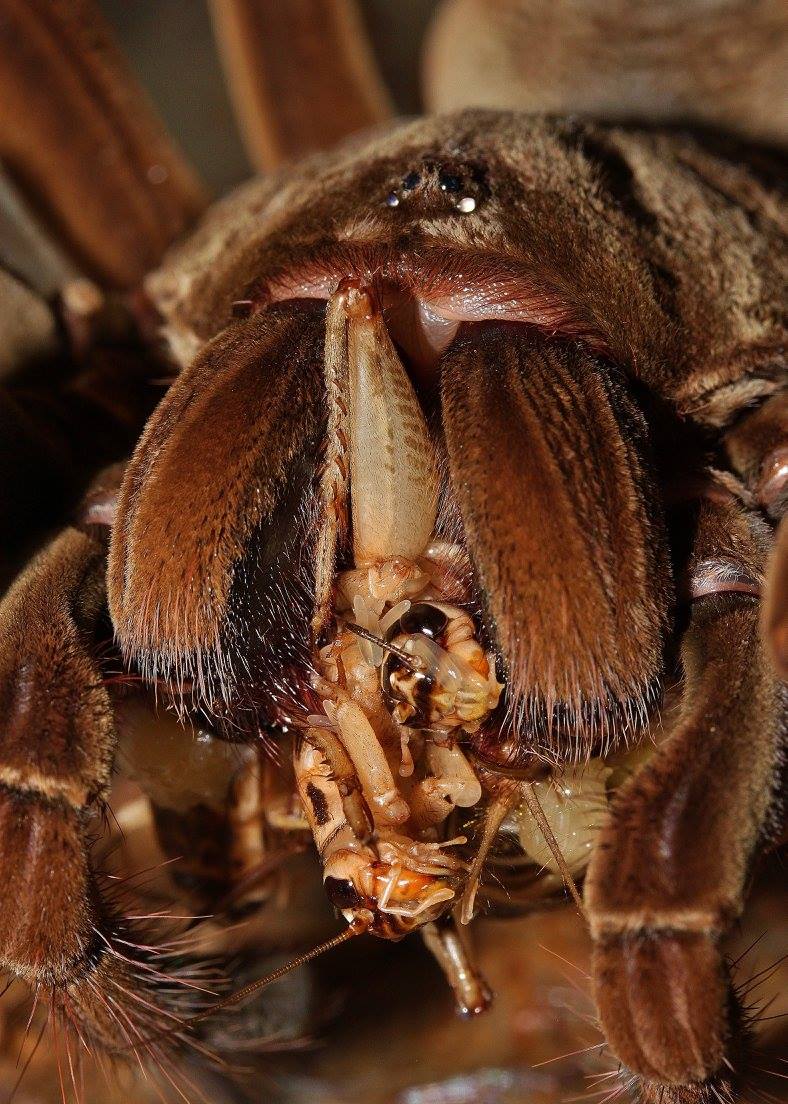
One pet peeve of mine (oh wait, I have just one?) is when it comes to housing. He continuously calls the housing a cage, which implies something with bars. The term he really needed to use was enclosure (hopefully no one out there actually bought a bird-cage to house their new tarantula in). He also recommends the use of a heat pad, which has been dismissed as a heat source by all keepers for many, many years. Heat pads will quickly dry out the moist substrate required by these animals and in some cases, may harm the animal if it gets too close for too long.

In chapter 4 (“Bringing Your Pet Home”) he discusses finding them in the wild. To me this is not a good message. There are so many captive bred animals available from breeders; why take from the wild? And why encourage it? He then says, “You need to be an expert goliath birdeater keeper before you can search for them in the wild. This is because all tarantulas species look alike.” Really? Since when? Another section that baffles me says, “It is easier to take care of adults than to take care of spiderling. You don’t have to provide them with regular nourishment, as you will do to spiderlings.” Ok, do you even proofread what you wrote? Second, why wouldn’t you provide an animal you are taking care of with regular nourishment, regardless of whether it is an adult or spiderling? Isn’t that your main responsibility? The author also states that spiderlings are “harmless and are inexperience in killing prey.” One, I am not correcting his grammar here. Two, spiderlings are just as aggressive capturing prey as adults are! I have never seen them have to learn how to do it; it is instinctive.

Finally, the author goes on to explain the cost of keeping one of these spiders. He states that a “good beginner goliath spider can cost anywhere from $10 to upwards of $500 for an adult of a more rare species.” Goliath bird eating tarantulas should never be kept by beginners as their needs are very specific and only experience in keeping a variety of high humidity tarantulas will help in your success. Next, I have NEVER seen goliaths offered for $10, even for new-born spiderlings! If anyone knows of a source please let me know because I will put in a bulk order!
So, is this book a complete waste of time? It depends on whether you can pick out the misinformation and differentiate from sound advice (and yes, there is some in there). I just hit the tip of the iceberg with what I covered here. If you are like me and like to have all books on these amazing animals, then yes, buy it (it’s only $9.97 on Amazon). If you want a serious, accurate study of the largest of all spiders, then definitely go elsewhere. Your best resource on these spiders, or anything for that matter, is with people who actually work with them. Most keepers will readily answer questions and there are many resources online with accurate information.
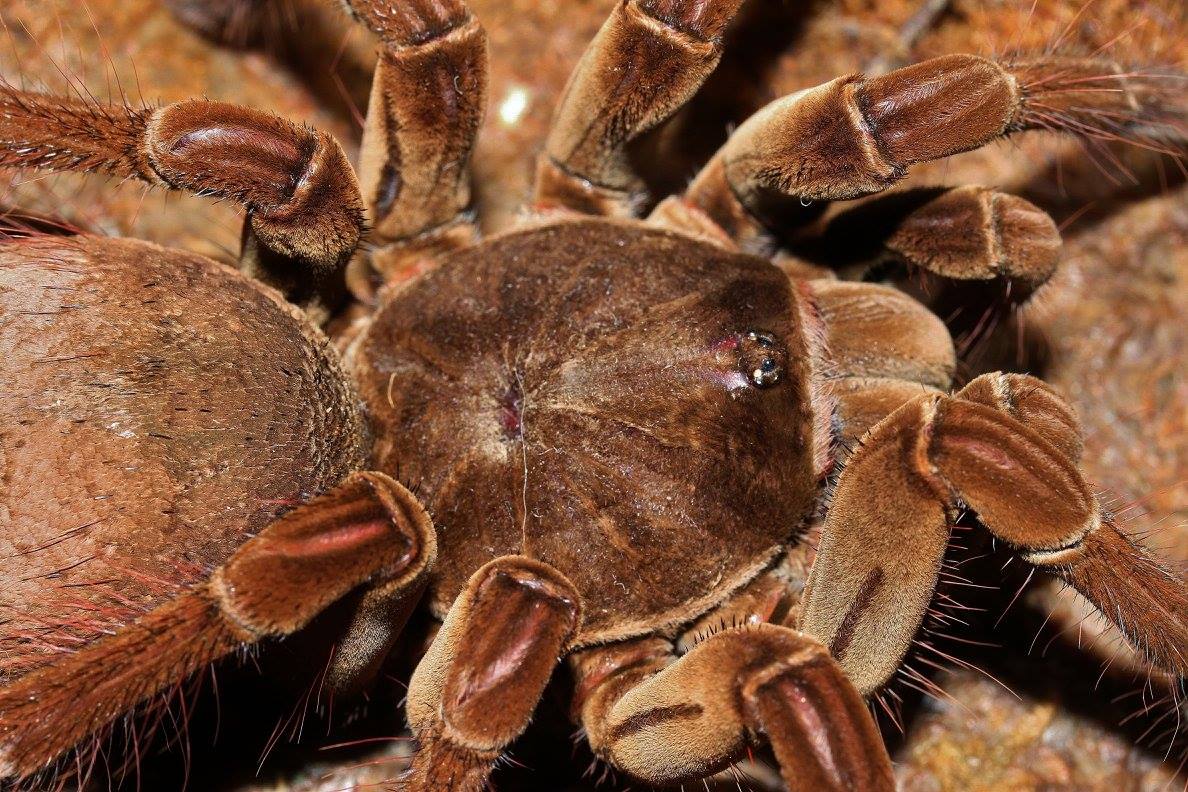
One last thing, I believe this book is printed per order. It has a 2017 copyright. I ordered my copy on February 7, 2018 and on the inside back page it says it was printed on the same day I ordered it. The quality of the actual book is not bad and perhaps if the book was filled with pictures of the author’s tarantulas, assuming he has them, the price would’ve been much more. It’s not a huge investment to have this book (a Kindle version is only $4.99) and you can literally read it in an evening. Despite the negatives there is some basic, sound advice, especially for beginners, which is the only thing going for it.
If you would like to purchase a copy, please click on the image below.
~David Albaugh

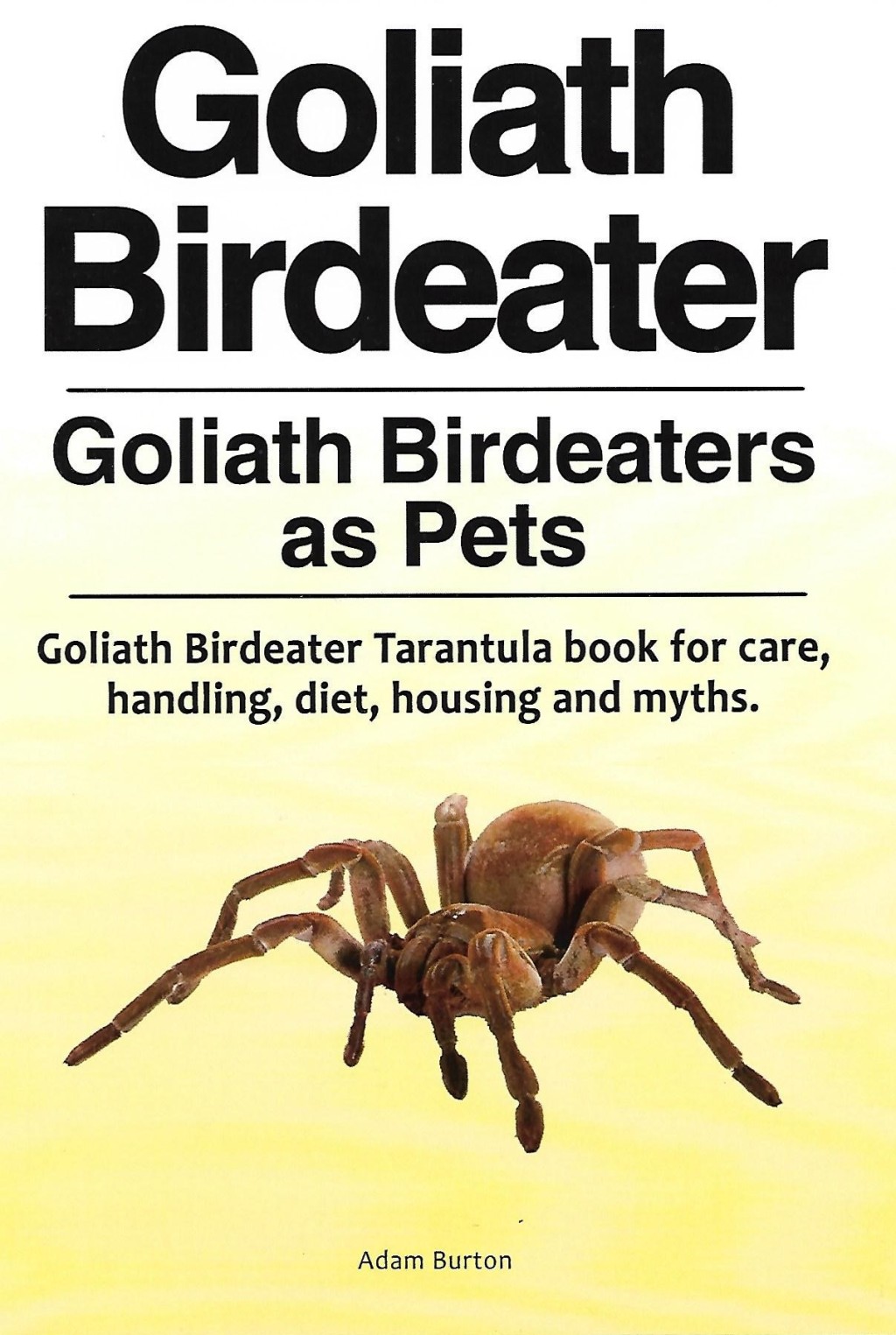


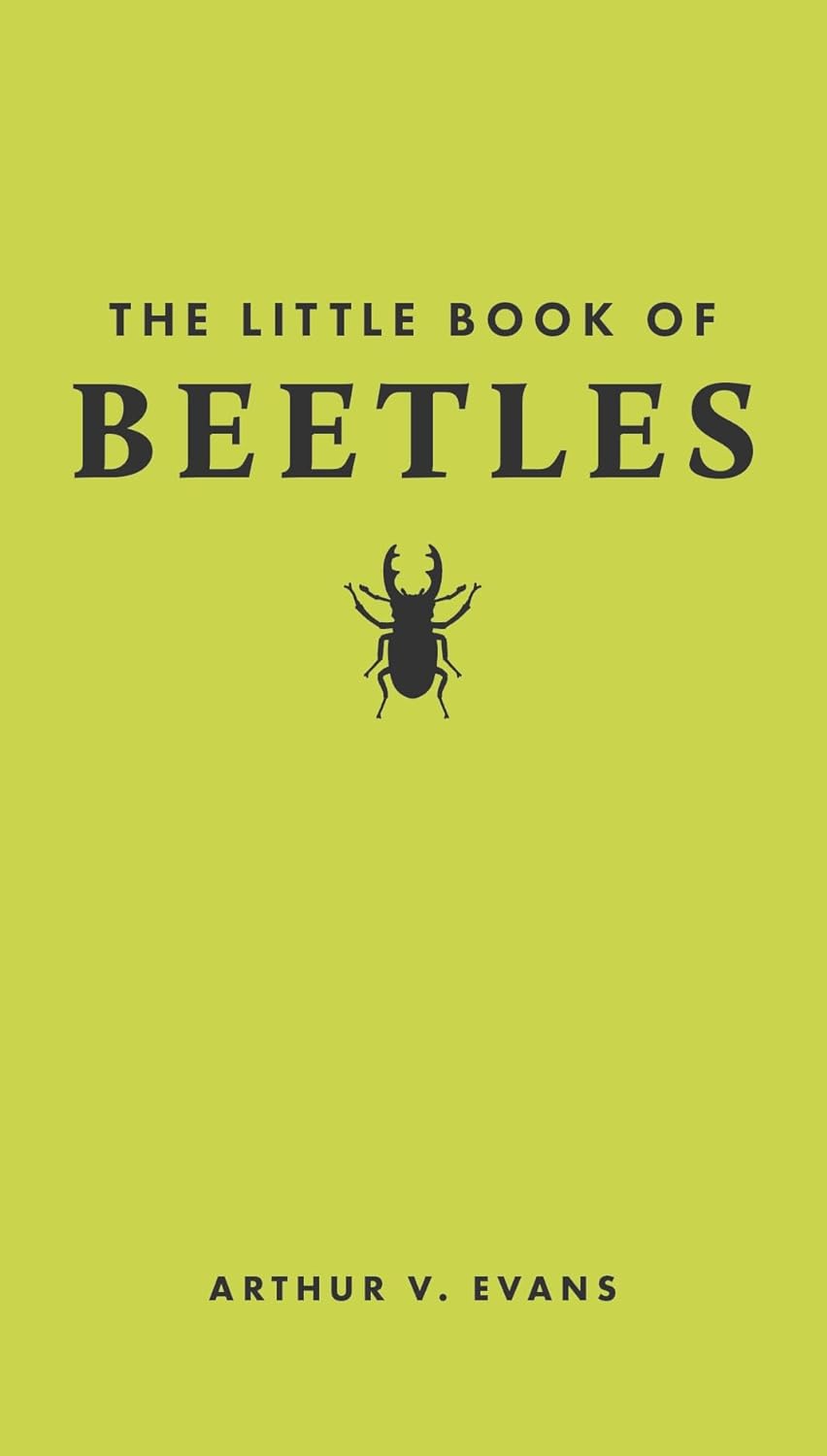
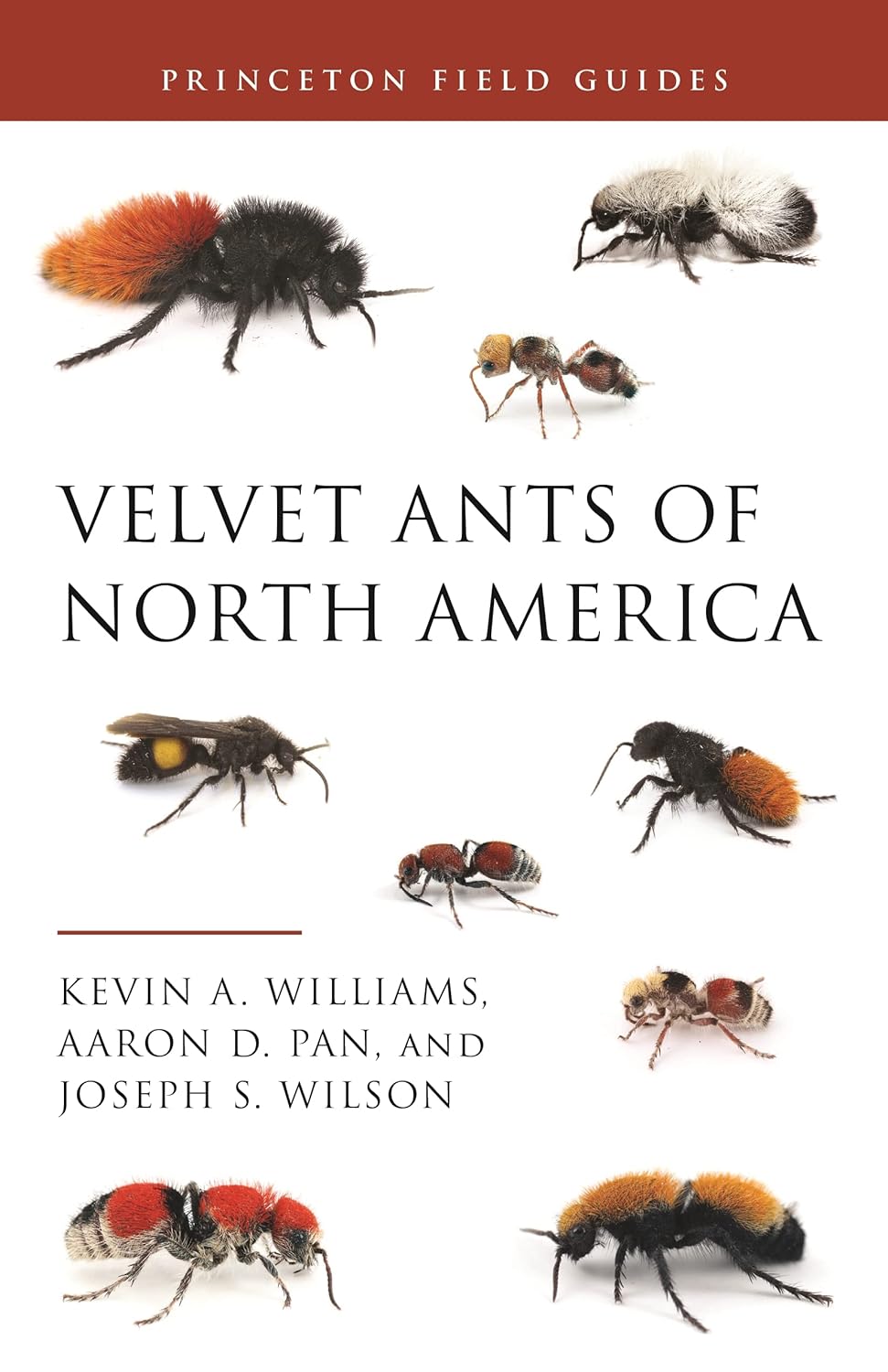
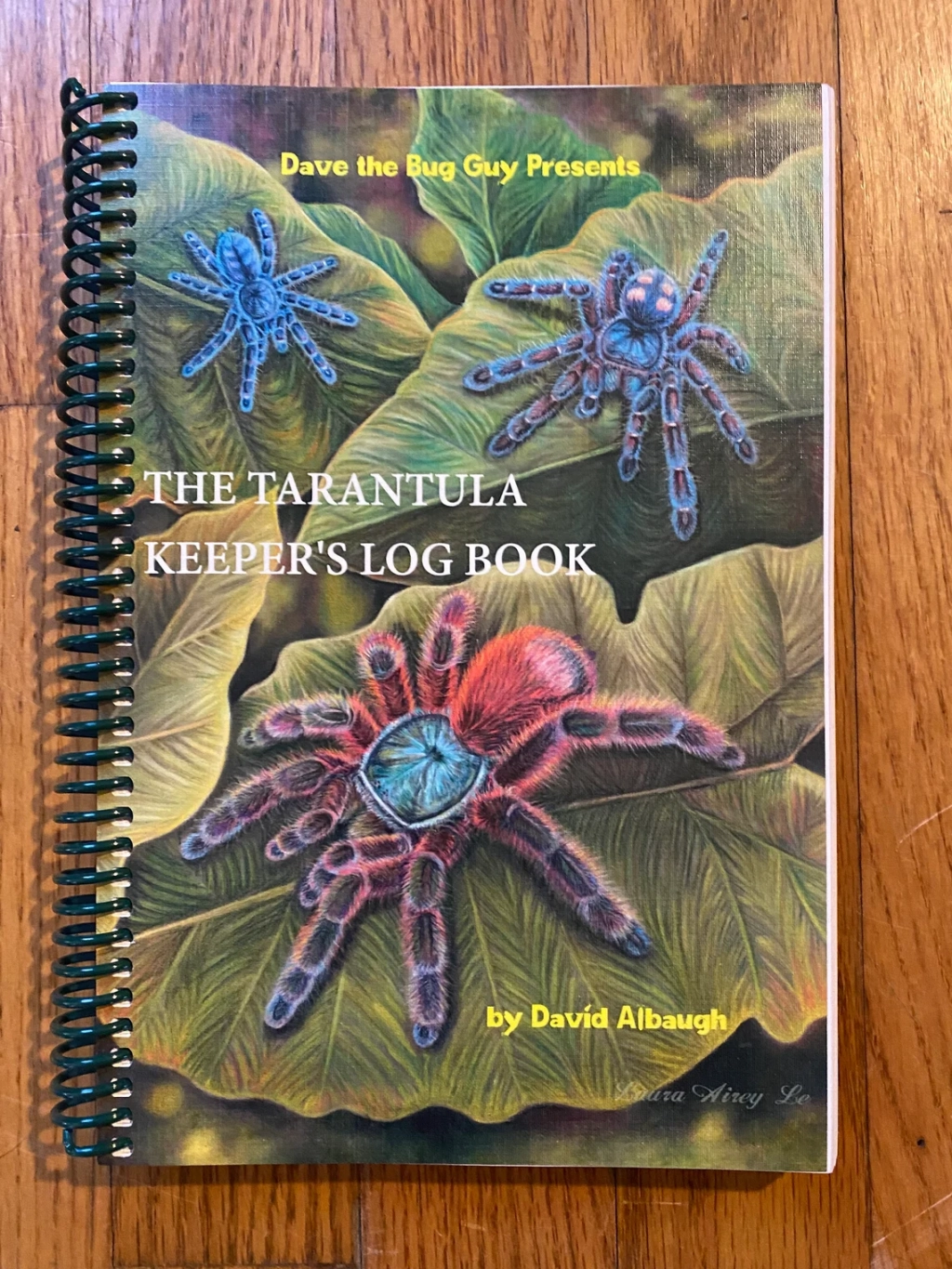
Leave a comment